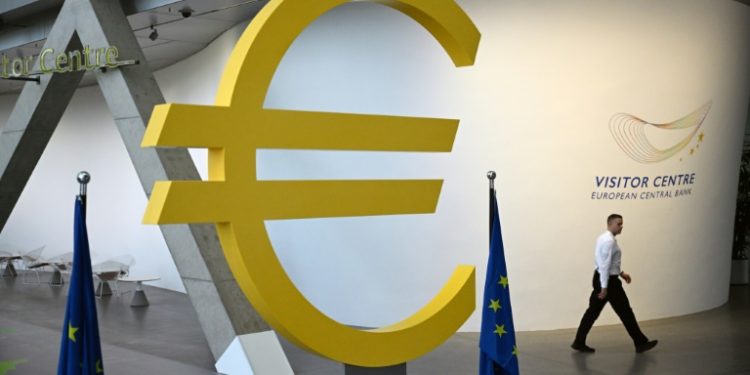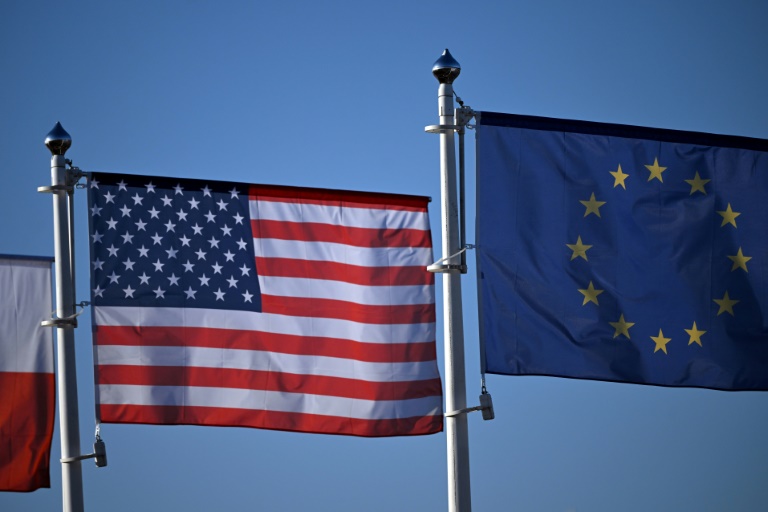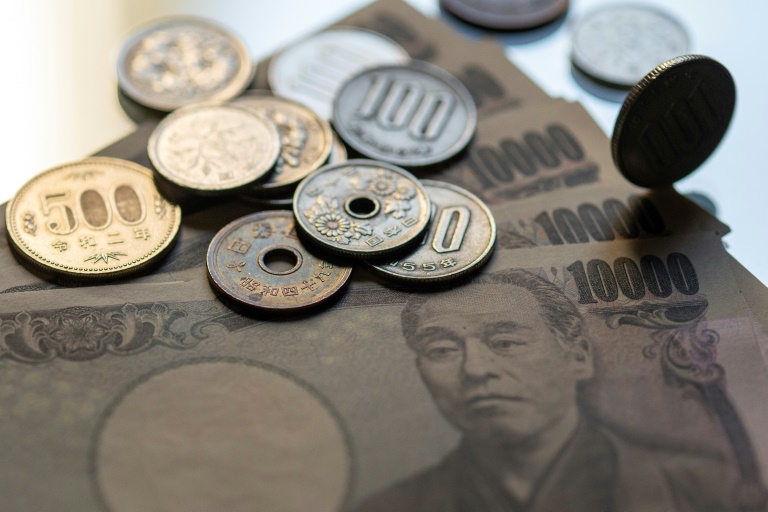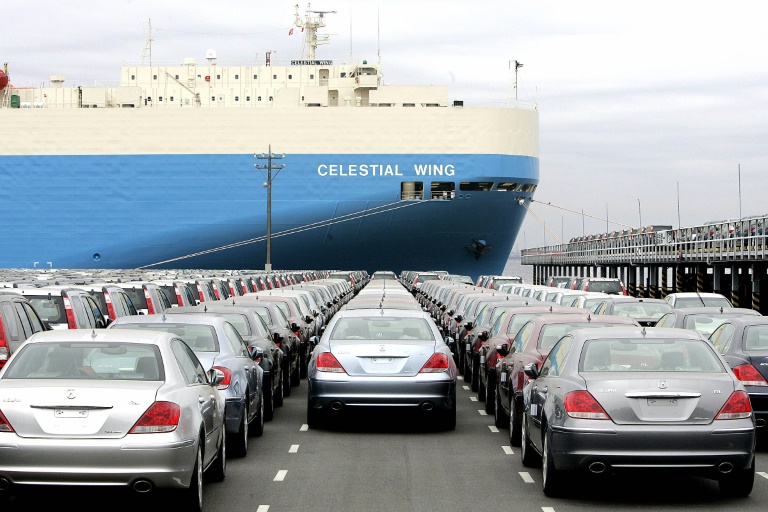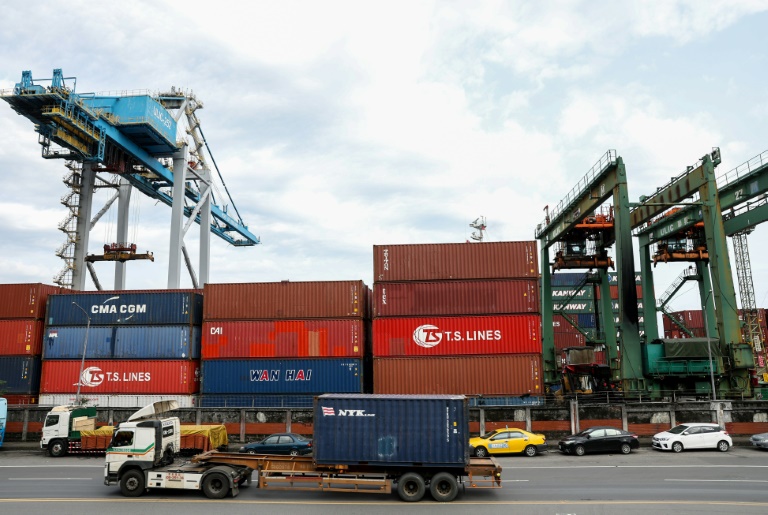Brussels (Belgium) (AFP) – The eurozone’s annual inflation rate unexpectedly edged up in July due to rising energy costs, official data showed on Wednesday, leaving it still uncertain if the European Central Bank will cut interest rates in September. Consumer prices in the single currency area rose 2.6 percent in July, faster than June’s 2.5-percent rate, the EU’s statistics agency said. Economists surveyed by FactSet had predicted that the inflation rate would ease to 2.4 percent in July.
The data proves inflation remains sticky in the eurozone, which recorded a rate of 2.6 percent in February this year before dipping to 2.4 percent and then rising again. It remains above the ECB’s two percent target, but has come down significantly since hitting a peak of 10.6 percent in October 2022 after energy prices soared following Russia’s invasion of Ukraine. That prompted the ECB to aggressively raise interest rates to cool red-hot inflation until it cut rates for the first time in five years last month. The ECB held off from a second rate cut in July, but there had been growing expectations it would lower borrowing costs again in September.
Inflation rose in July due to energy prices, which accelerated this month to 1.3 percent, significantly higher than the 0.2 percent recorded last month, Eurostat said. Food and drinks prices rose by 2.3 percent this month in the 20-country eurozone, albeit at a slightly slower rate than the 2.4 percent registered in June. Core inflation, which strips out volatile energy, food, alcohol and tobacco prices and is a key indicator for the bank, was unchanged at 2.9 percent in July, Eurostat said. Experts for FactSet had expected it to cool to 2.8 percent.
– ‘Close call’ – Economists said that while a cut in September is more likely, they warned there was still more data to come before the decision. “With underlying price pressures still high, the decision will be a close call and will depend on data to be released over the next few weeks, including the August inflation print,” said Franziska Palmas, senior Europe economist at Capital Economics research group. “While the fall in services inflation means a rate cut in September is still more likely than not, it is not a done deal,” Palmas said. Services inflation slowed slightly to 4.0 percent this month, from 4.1 percent in June.
Daniela Sabin Hathorn, senior market analyst at Capital.com, echoed Palmas. “So much of the decision could depend on that (August inflation) data, and how it relates to the higher-than-expected reading in July,” Hathorn said. “For now, it seems like both the decision to cut rates or hold for another meeting could be justifiable.”
– Eurozone economic growth – Inflation also rose in Europe’s two biggest economies, Germany and France, edging up to 2.6 percent in July from 2.5 percent in June in both countries. Across the eurozone, Finland recorded the lowest inflation rate in July, at 0.6 percent, Eurostat data showed. Latvia came second, registering 0.8 percent inflation this month. Belgium remained the highest, reaching 5.5 percent in July.
The figures come out a day after official data showed the eurozone grew by 0.3 percent between April and June this year, slightly higher than the predicted 0.2 percent. But there are concerns about the eurozone economy’s lacklustre performance, especially when compared with the United States and China, which are growing at a faster rate.
© 2024 AFP

